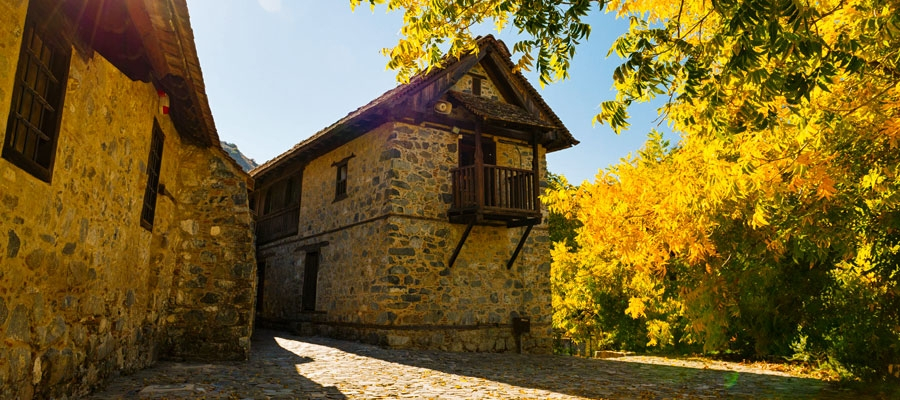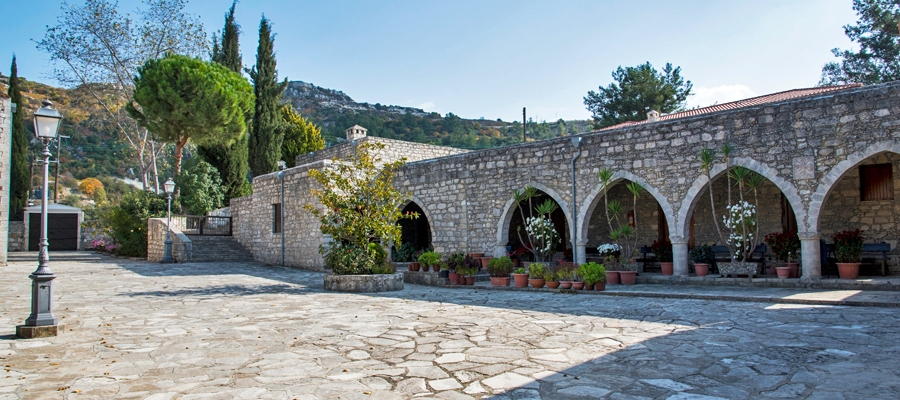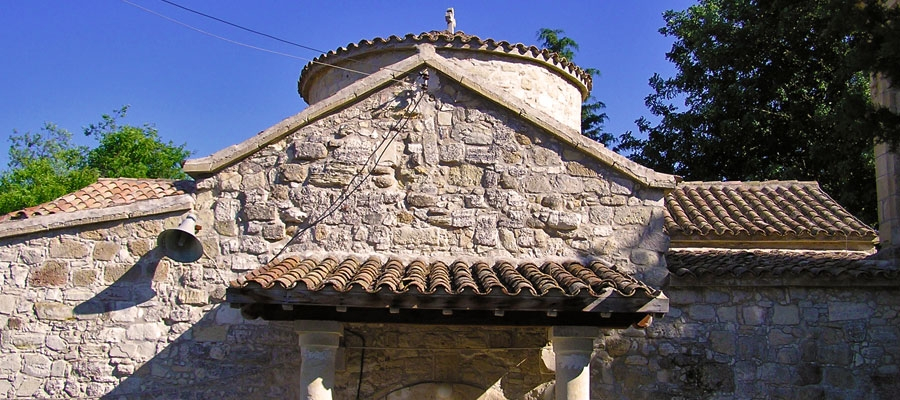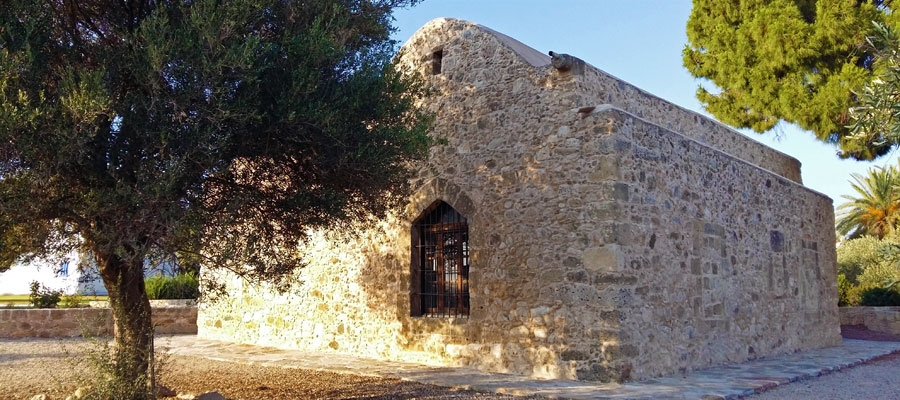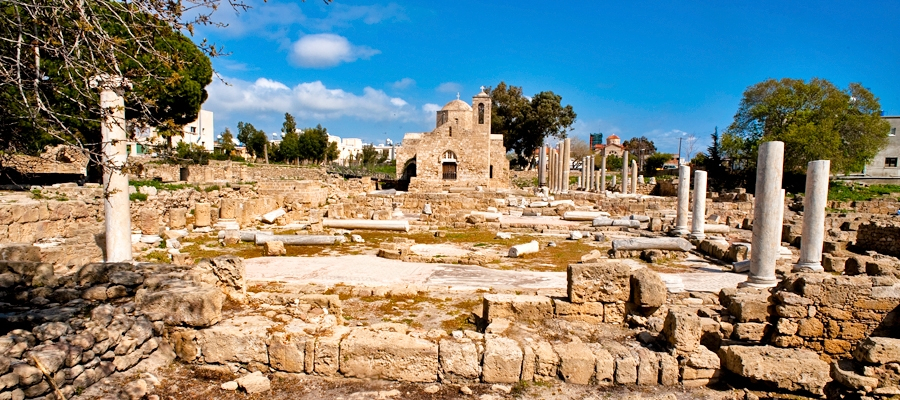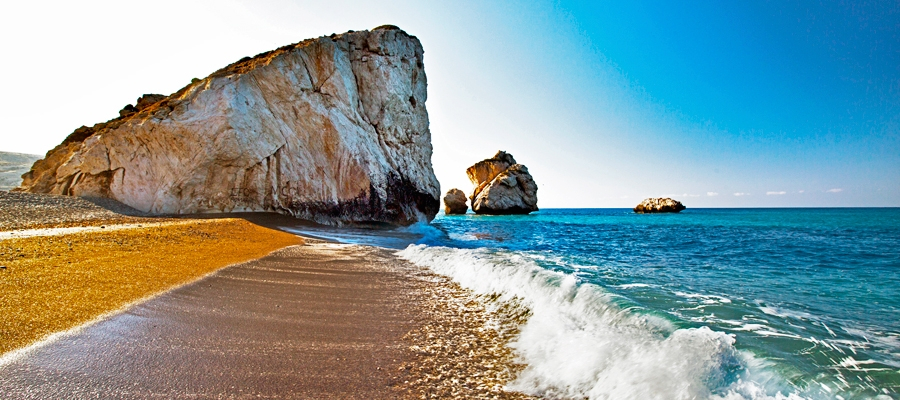The church of Agios Nikolaos tis Stegis (St. Nicholas of the Roof) is located in the Solea Valley (5km from Kakopetria village) and is a listed UNESCO World Heritage Site.
The domed cross-in-square church once belonged to a monastery complex and derives its name from its pitched timber roof that was built to protect it from the weather. It is the only surviving monastery church of its kind on the island and is covered entirely in wall paintings from the 11th to the 17th centuries, with the most important surviving set on the island from this period. As such, it is considered one of the most interesting Byzantine churches in Cyprus.
The church itself is dated to the 11th century, whilst the monastery dated to the end of the 13th or the beginning of the 14th century and flourished from the Middle Byzantine period up to the period of Frankish rule. It declined during the 18th century and ceased to function as a monastery by the end of the 19th century.
Agios Nikolaos tis Stegis – Audio Guide
| Region: | Troodos area (Lefkosia district) |
| Address: | Solea Valley, 5km from Kakopetria village. |
| GPS coordinates: | Lat: 34.977336 Lon: 32.889522 |
| Contact No: | Tel: +357 22 922 583 |
| Operating Hours: |
Tuesday – Saturday: 09:00 – 16:00 Sunday: 11:00 – 16:00 Closed on Monday. |
| Operating Period: |
All year round. Closed on Public Holidays. |
| Entrance Fee: | Free |
| Disabled Access:: | Wheelchair accessible. |
| Website: | www.mcw.gov.cy/da |
| Opening and closing times as well as entrance fees, are subject to alterations without notice. Visitors are advised to check before visiting. |


